Test Bank For Human Sexuality Diversity in Contemporary Society 10th Edition By William Yarber
Human Sexuality, 10e (Yarber)
Chapter 5 Gender and Gender Roles
1) In our culture, women’s clothing is designed to
A) provide warmth and comfort, especially to the breast area.
B) demonstrate the basic humanity of the wearer by deemphasizing sex-related characteristics.
C) accentuate women’s suitability for female roles such as nurturing and emotional support.
D) emphasize secondary sex characteristics.
Answer: D
Explanation: Studying Gender and Gender Roles
Difficulty: 2 Medium
Topic: Gender
Learning Objective: Define and differentiate sex, gender, assigned gender, gender identity, gender roles, and sexual orientation.
Bloom’s: Understand
APA Outcome: 1.2: Develop a working knowledge of psychology’s content domains
Accessibility: Keyboard Navigation
2) Most clothing items that emphasize or exaggerate secondary sex characteristics are
A) made for females.
B) made for males.
C) only found in traditional clothing.
D) largely unavailable in stores today.
Answer: A
Explanation: Studying Gender and Gender Roles
Difficulty: 1 Easy
Topic: Gender
Learning Objective: Define and differentiate sex, gender, assigned gender, gender identity, gender roles, and sexual orientation.
Bloom’s: Remember
APA Outcome: 1.1: Describe key concepts, principles, and overarching themes in psychology
Accessibility: Keyboard Navigation
3) A woman wears perfume and dresses with ruffles, a soft hairstyle, and makeup. These feminine characteristics are primarily determined by which of the following non-anatomical factors?
A) nature
B) hormones
C) culture
D) chromosomes
Answer: C
Explanation: Studying Gender and Gender Roles
Difficulty: 2 Medium
Topic: Gender
Learning Objective: Define and differentiate sex, gender, assigned gender, gender identity, gender roles, and sexual orientation.
Bloom’s: Understand
APA Outcome: 1.2: Develop a working knowledge of psychology’s content domains
Accessibility: Keyboard Navigation
4) All of the following are aspects of our anatomical sex EXCEPT
A) genitals.
B) hormones.
C) gonads.
D) internal reproductive structures.
Answer: B
Explanation: Studying Gender and Gender Roles
Difficulty: 2 Medium
Topic: Sex
Learning Objective: Define and differentiate sex, gender, assigned gender, gender identity, gender roles, and sexual orientation.
Bloom’s: Understand
APA Outcome: 1.2: Develop a working knowledge of psychology’s content domains
Accessibility: Keyboard Navigation
5) The social and cultural characteristics associated with biological sex relate to
A) sexuality.
B) gender.
C) sexism.
D) anatomy.
Answer: B
Explanation: Studying Gender and Gender Roles
Difficulty: 1 Easy
Topic: Gender
Learning Objective: Define and differentiate sex, gender, assigned gender, gender identity, gender roles, and sexual orientation.
Bloom’s: Remember
APA Outcome: 1.1: Describe key concepts, principles, and overarching themes in psychology
Accessibility: Keyboard Navigation
6) Which of the following refers to whether one is biologically female or male?
A) sex
B) gender
C) sexual dimorphism
D) gender dysphoria
Answer: A
Explanation: Studying Gender and Gender Roles
Difficulty: 1 Easy
Topic: Gender
Learning Objective: Define and differentiate sex, gender, assigned gender, gender identity, gender roles, and sexual orientation.
Bloom’s: Understand
APA Outcome: 1.1: Describe key concepts, principles, and overarching themes in psychology
Accessibility: Keyboard Navigation

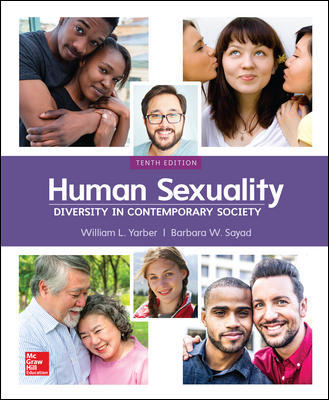
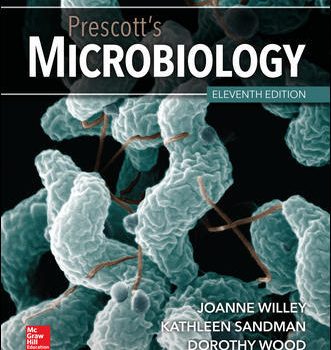
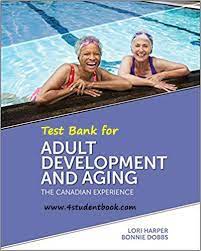
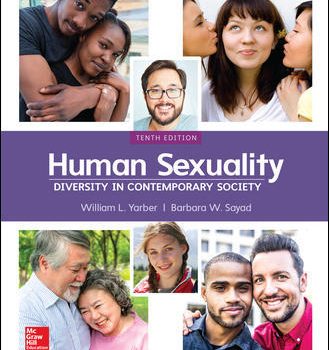
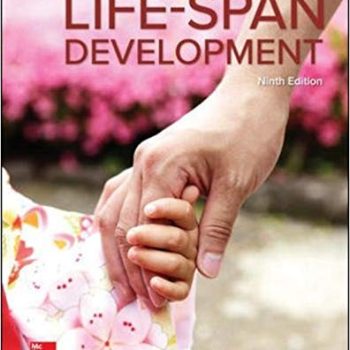



Reviews
There are no reviews yet.